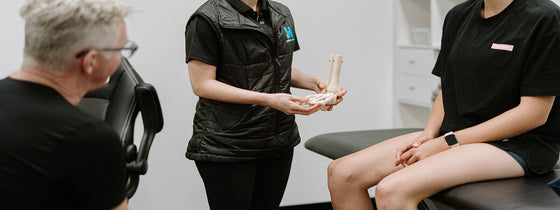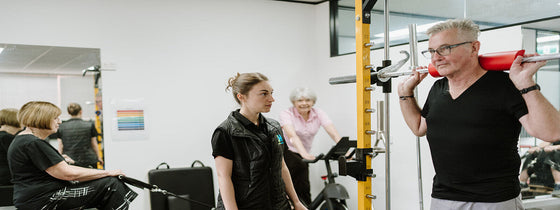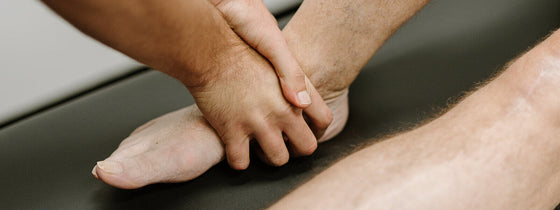First of all, the answer to a highly common question… What is Myotherapy?
Myotherapy is the ‘Evidenced based assessment, treatment and rehabilitation of musculoskeletal pain and associated conditions’.
An assessment will include thorough subjective questioning, followed by clinical objective observation and clinical testing of muscles, joint and ranges of motion.
Treatment from a Myotherapist is very hands on due to its origin of being within the massage industry, before branching off and becoming a stand-alone profession.
Rehabilitation will consist of education, strengthening and corrective exercises.
But, how does this help me as a triathlete? One of the main benefits of Myotherapy is that it is a total body approach to pain and performance. The extended consultation times allow a Myotherapist to delve deeper into addressing areas of the body away from your complaint, that may be causing, contributing or limiting your progress in rehabilitation or performance.
A Myotherapist will look at the body as a whole, assessing and addressing how each segment of the body are impacting/limiting other areas of the body from functioning efficiently. You are booking your body in for a full body service.
If you are a non-injured athlete who is experiencing pain and discomfort during activity, a Myotherapy consultation is a fantastic option for you to consider as part of getting you back on track and performing at your optimal level… and staying there.
But what if I’m not in any pain or discomfort?
If you are performing pain free this is fantastic. But we want to stay there don’t we? Who doesn’t!
The use of a Myotherapist is a highly effective way of ensuring you are maintaining your bodies’ function and performance. Just like how you will regularly book your car in for a service with your local mechanic to keep it functioning well, your body works in the same manor.
Maintaining healthy muscle quality and optimal joint range of motion is a mainstay factor for optimal performance and reduced risk of injury.
Obtaining these qualities in your body is where a Myotherapist excels and comes into its own.
Luckily for OHL, our resident Myotherapist Michael Jephcott has spent the past 4 years consulting in Port Melbourne with some of Melbourne’s top amateur and professional Triathletes, such as Renee Kiley, who used Mike as her personal Myotherapist on a weekly basis in order to keep her on top of her high levels of training.

If you're experiencing back or neck pain with neurological signs and symptoms, a thorough neurological examination is crucial for accurate assessment and effective treatment. In this Optimal Tip learn more about what we mean by completing a neurological exam!

Squats, deadlifts, and calf raises are key movement patterns that should be part of every strength and conditioning program—regardless of age and activity level. These functional movements support joint health, improve posture and balance, and reduce the risk of injury while building strength where it matters most.

A ganglion cyst is a fluid-filled swelling that typically forms over a joint or tendon sheath, causing discomfort and pain, especially when pressing against nerves or joints. Proper assessment and treatment, including physiotherapy, are essential for managing symptoms and improving function in the presence of a ganglion in your hand, foot, or wrist.